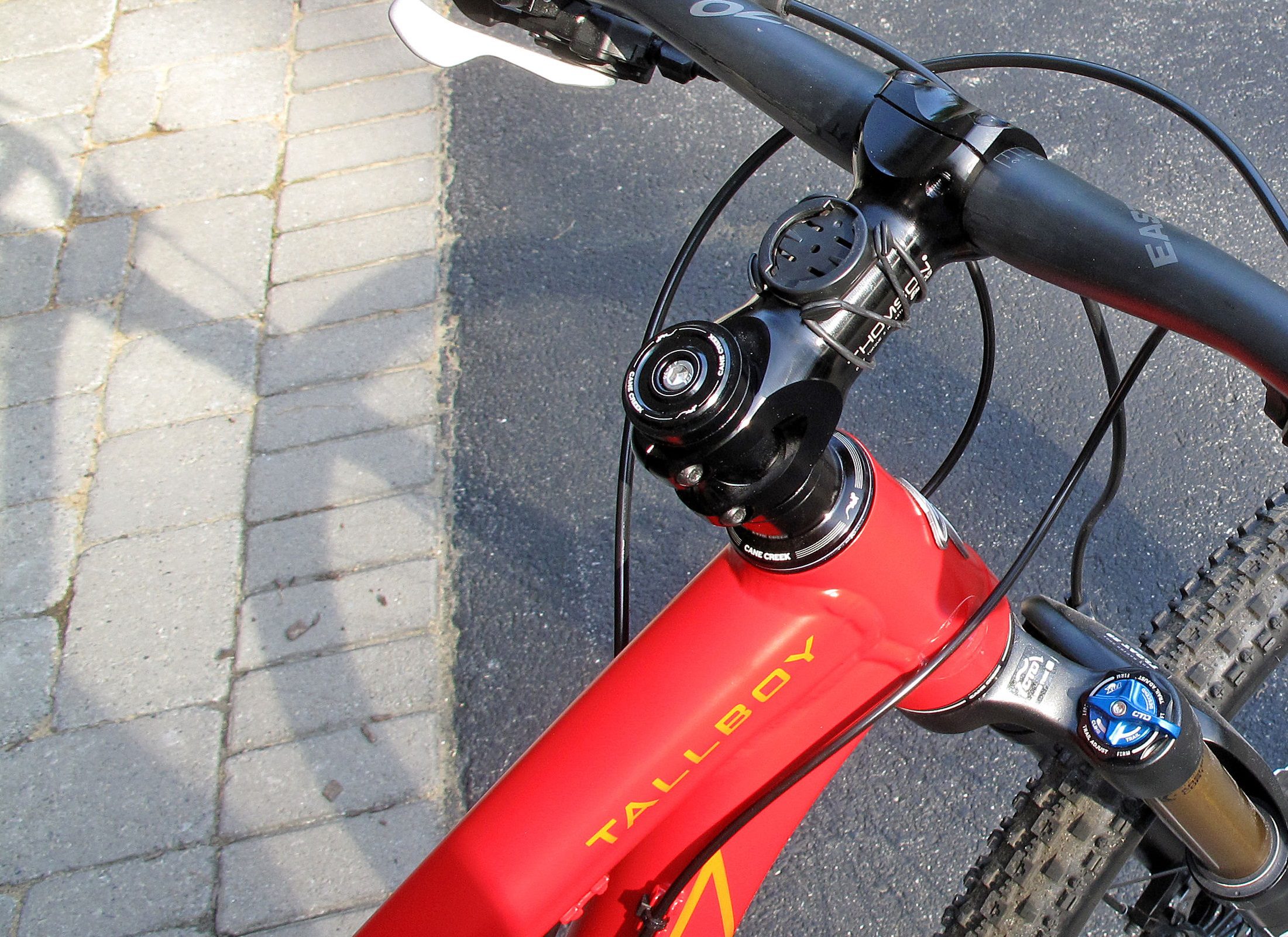Keeping your bike’s headset happy
Though you can barely see them, headsets are arguably the most important part of your bicycle. If the components of the headset are poorly installed, it will quickly wear out, compromising both steering and bike handling.

by Amanda Beattie
Though you can barely see them, headsets are arguably the most important part of your bicycle. If the components of the headset are poorly installed, it will quickly wear out, compromising both steering and bike handling. Vibrations from poor road conditions and from braking may cause your headset to loosen, so be sure to check the adjustment of your headset at the same time you check your bike’s tire pressure.
Alex Bowling, head mechanic at Neworld Cycle in Burlington, Ontario, said checking the adjustment of your headset is quick and simple to do. “Pulling the front brake tightly, rock the bicycle back and forth. If you feel a loose or knocking movement from the bars/stem/fork, then the headset needs to be tightened. Lift the front end of the bike off the ground and gently push the handlebars to either side. If they stop turning before making contact with the frame, then the headset is too tight.”
Older, threaded headsets require greater finesse and a pair of large wrenches to adjust properly, where most modern bikes use a threadless headset system, which require nothing more than three possible Allan keys for adjustment: 4 mm, 5 mm or 6 mm. Within threadless headset systems there are three different types: integrated, internal and traditional. Integrated and internal headsets are lighter and cheaper to produce and are quickly becoming an industry standard. The potential problem with these types, however, is that if they aren’t manufactured true, they will always feel loose or have chatter. Even the best bike mechanic can’t fix a poorly-manufactured internal headset. The best way to make sure you don’t get a bike with an incorrectly aligned internal headset is to test ride before you buy. A good headset should take you around the corners, not require you to steer through them.
Finally, in a traditional threadless headset, cups are pressed into the frame using a bearing cup press. This tool ensures that alignment of the headset in the fork is true in the frame. Without proper headset bearing alignment, steering and handling become unreliable.
“To adjust a threadless headset,” said Bowling, “simply loosen the stem’s pinch-bolts, located near the headset, then gently tighten the top-cap bolt. This bolt – as it threads into a nut in the fork – snugs the stem, frame and headset components together. Once the stem bolt has been set, re-tighten the stem’s pinch-bolts. Check again to ensure that the headset has been adjusted correctly by again pulling the front brake and rocking it back and forth. If you find that the headset simply will not tighten sufficiently, you may need additional spacers or the components have been installed incorrectly. In either case, take the bike to your local shop mechanic to diagnose.”
A good-quality headset can last the life of your bike, if not longer. But be aware that if you ride your bike on a trainer, sweat will drip onto and in your headset, corroding the bearings and various components. So, be sure to wipe down your bike after every session on the trainer, particularly the handlebar, headset and stem.

